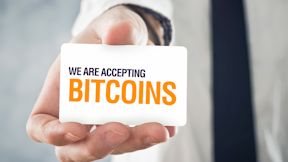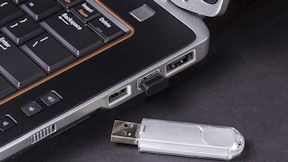Polish Your Chrome

Ten tips to get the most out of Google’s browser.
1: Use autofill
Autofill is for more than telling you what other people are searching for by completing your search terms for you.. You can set it to automatically fill out any online form with predetermined information, completing common fields like your name, email address, address, and so on. To enter the Autofill values, here’s what to do:
- Click on the wrench or menu icon in the top right corner.
- Click Settings.
- At the bottom of the Settings menu, click Show advanced settings
- Click Manage Autofill settings under Passwords and forms.
- In the Autofill settings window, click the Add new street address button and fill out your details.
- find a form and try it out!
2: Shortcuts
Like any app, from MS Word on up, Google Chrome has a set of keyboard based shortcuts and power keys that can make your whole experience faster, easier, and a lot cooler looking if anyone happens to be watching. Here are the top 10 ways to power up your Chrome experience:
Ctrl + 1 – 8 : Pressing Ctrl and a number from 1 to 8 will move through your open tabs to that numbered tab, counting from left to right.
Ctrl + 9 : Switches to the last tab, however many tabs you have.
Ctrl + H : Shows the history in a new tab.
Ctrl + J : Opens the Downloads window.
Ctrl + K : Moves the cursor to the Omnibox.
Ctrl + T : Opens a new tab.
3: Use the Omnibox to do more than search
Google Chrome doesn’t have two boxes – one for search and one for URLs. It’s the same box – an Omnibox. But it can do more than search and go.
You can use it as a calculator – just type in your sums using * for times, / for divided, – for minus and + for plus. You don’t need to hit enter – the answer will be displayed under the bar.
You can use it to get answers to questions – ever wondered how many gallons there are in a liter?
4: Resize text boxes
Google Chrome lets you resize the text boxes on online forms. That doesn’t sound like a huge deal -but if you have a long name, or your street address is huge, it’s a permanent irritation. Not any more! Simply click and drag the bottom right hand corner of the box.
5: Sync it with your Google account
Chrome allows you to synch the browser with your Google accounts. You can sync your settings, passwords, and bookmarks, and take them with you from one computer to another, and adjust all of them from your Google account.
6: Pin frequently used tabs
You can pin your favorite tabs to save tab bar space without forgoing convenient access to tabs you use all the time. To pin a tab, right click (Ctrl + click on a Mac) And click Pin Tab. You can click and drag a pinned tab to any position you want on the tab bar too.
7: Use the Chrome Task Manager
Each tab runs in its own sandbox, which helps to make Chrome more stable. That can make it hard to see the overall system resources being used – unless you look in the Task Manager. In the Windows Task Manager, you’ll sometimes see multiple instances of Google Chrome running for each open tab!
To open the task manager, either use Shift + Esc, or click the wrench or Menu icons and select Tools and then Task Manager. On a Mac you’ll find the Tools menu on the top bar of your Mac when Chrome is selected. If you’re a nerd and you’d like some stats, your day has come: The Chrome task manager has a ‘stats for nerds’ tab at the bottom of the Task Manager.
8: Quickly close a tab
Any tab can be closed by clicking on the x on the tab. But if that’s not quick enough for you, there are quicker ways. If your mouse has a wheel, pushing in on the wheel while you mouse over any part of the tab will close it. There’s a keyboard shortcut too: Ctrl + W and Ctrl + F4 also close a tab immediately.
If you want to quickly open a tab, middle clicking on a link opens it in a new tab; on Mac, it’s Command + click to get the same result.
9: Install Extensions
No other browser has the same capacity for extensions as Chrome. Chrome’s Webstore has extensions and plugins, games and every other kind of add-on you can imagine, all of which just slot into your broswser.
10: Use Chrome Commands
You can use Chrome’s built-in command line function to do a lot of cool stuff too. Type chrome:// to begin using it. You can see DNS information, GPU information, look for conflicts, set flags, and more – if you want to know everything Chrome’s command line does and how to do it, type chrome://chrome-urls into your Omnibox.
Top ↑






Leave a Reply
Want to join the discussion?Feel free to contribute!